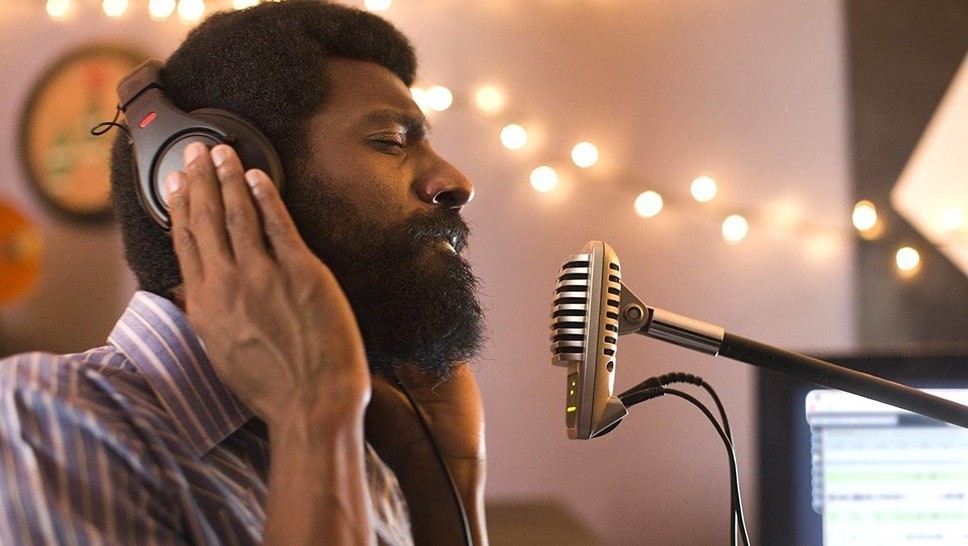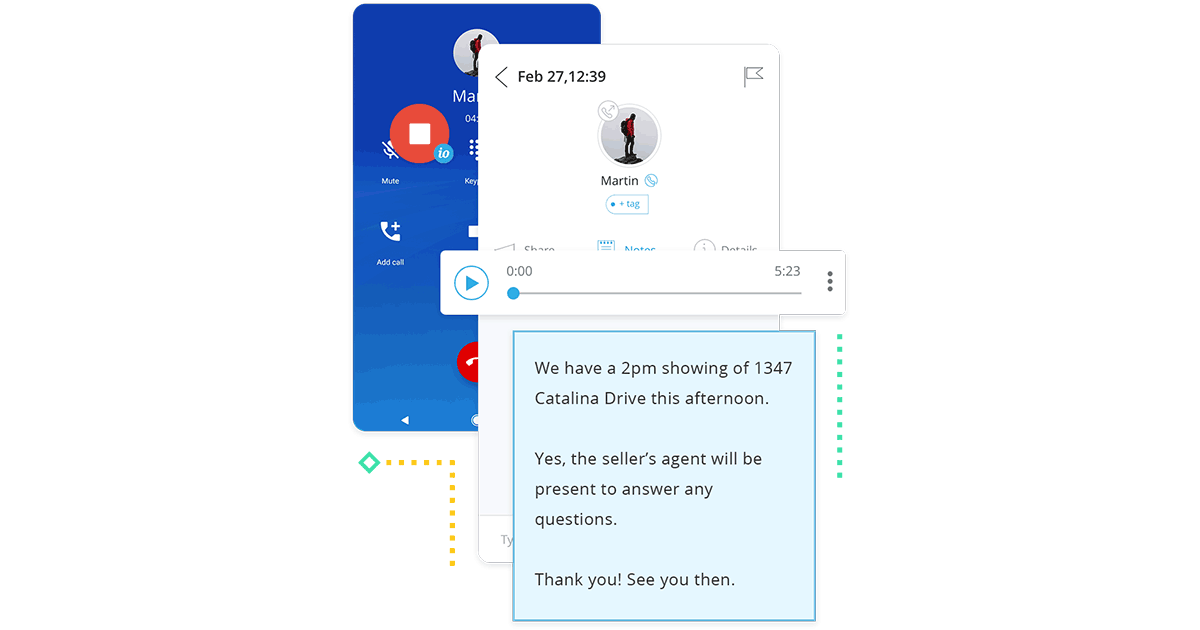

- #ANDROID STUDIO AUDIOCAPTURE AUDIO FILES DONT WORK HOW TO#
- #ANDROID STUDIO AUDIOCAPTURE AUDIO FILES DONT WORK ANDROID#
- #ANDROID STUDIO AUDIOCAPTURE AUDIO FILES DONT WORK PROFESSIONAL#
Flexibility is key in podcasting, so having a reliable editor on my Android phone would be a nice get.

Having an editor on my phone allows me to edit flexibly on the road, and upload materials for my clients immediately. In general, I prefer to edit audio on my laptop or my studio system. Some recorders upload directly to many of the podcast hosts available, simplifying the publication of your audio once it’s recorded and edited Optional:Ĭloud uploads allow me to back up files to ensure I don’t run out of space on my phone. The iRig also comes with Phantom Power, though the unit requires a 9 volt battery in order to provide phantom power to the mic. If you’re in need of an analog option that plugs directly into your phone’s audio jack, Android phones work very well with a Rode Smart Lav, or and iRig Pre for folks who want to use their XLR mics. The nice thing about the Icicle is that is has built-in phantom power, so it will power both my condenser and my dynamic mics for maximum recording flexibility. My two personal favorites are the Samson Go Mic or the Blue Icicle XLR to USB converter.
#ANDROID STUDIO AUDIOCAPTURE AUDIO FILES DONT WORK PROFESSIONAL#
Android phones can be hit and miss on this capability, so it’s worth checking into the specs to see if your device is OTG compatible.Įssentially with an OTG cable, you can replace that sketchy mic on your device with a professional quality USB microphone or a USB to XLR adapter to use with any XLR mic in your kit. As such, many modern smartphones offer the ability to connect standard USB devices like thumb drives, midi instruments and audio interfaces via an On-The-Go (OTG) cable. A Minor Tangent on GearĪ smartphone is essentially a Linux-based computer, as I mentioned above. For my purposes, I need one that records through my iRig and through a USB mic hooked to my phone via an OTG cable. Some recorders on the market only record from the built-in front/rear mic of the phone. They tend to be omnidirectional, which causes a problem with coherence when there is too much background noise or reverb in a room. I don’t trust even the best of cell phone mics. So it’s important that my setup is flexible and can save as either mp3 (for direct upload of podcasts) or wav (to capture high-quality audio to be edited later). Even though high-quality mp3 works just fine for most interview scenarios, occasionally I am trying to capture material documentary-style. They are often recorded at low quality in a hyper-compressed format. Because of this, it drives me buggy hearing the quality of recording that comes out of most of the built-in voice recorder apps.

Your Android device is basically a Linux computer under the surface.

#ANDROID STUDIO AUDIOCAPTURE AUDIO FILES DONT WORK HOW TO#
Here’s how to start a podcast on your phone. You don’t have to have lots of equipment, just ingenuity. How to Start a Podcast on Your Phone: Create Instant Content Anywhere


 0 kommentar(er)
0 kommentar(er)
